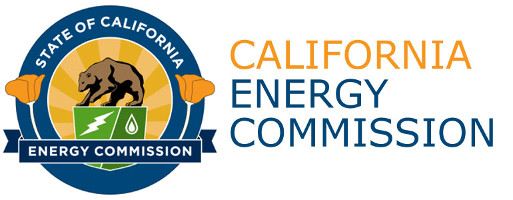Sacramento, CA…Moving to cut energy use in new homes by more than 50 percent, the California Energy Commission today adopted building standards that require solar photovoltaic systems starting in 2020. The building energy efficiency standards, which are the first in the nation to require solar, will reduce greenhouse gas emissions by an amount equivalent to taking 115,000 fossil fuel cars off the road.

The cost-effective 2019 Building Energy Efficiency Standards, which take effect on Jan. 1, 2020, focus on four key areas: smart residential photovoltaic systems, updated thermal envelope standards (preventing heat transfer from the interior to exterior and vice versa), residential and nonresidential ventilation requirements, and nonresidential lighting requirements. The ventilation measures improve indoor air quality, protecting homeowners from air pollution originating from outdoor and indoor sources. For the first time, the standards also establish requirements for newly constructed healthcare facilities.
“Under these new standards, buildings will perform better than ever, at the same time they contribute to a reliable grid,” said Commissioner Andrew McAllister, who is the Energy Commission’s lead on energy efficiency. “The buildings that Californians buy and live in will operate very efficiently while generating their own clean energy. They will cost less to operate, have healthy indoor air and provide a platform for ‘smart’ technologies that will propel the state even further down the road to a low emissions future.”
Under the new standards, nonresidential buildings will use about 30 percent less energy due mainly to lighting upgrades. For residential homeowners, based on a 30-year mortgage, the Energy Commission estimates that the standards will add about $40 to an average monthly payment, but save consumers $80 on monthly heating, cooling and lighting bills.
“With this adoption, the California Energy Commission has struck a fair balance between reducing greenhouse gas emissions while simultaneously limiting increased construction costs,” said California Building Industry Association CEO and President Dan Dunmoyer. “We thank the Commissioners and their staff for working with the building industry during the past 18 months and adopting a set of cost-effective standards that ensures homebuyers will recoup their money over the life of the dwelling.”
For more information about the 2019 standards, view the frequently asked questions, blog post, and infographics for residential and nonresidential buildings.
The Energy Commission also approved the 2018-2019 Investment Plan Update for the Alternative and Renewable Fuel and Vehicle Technology Program (ARFVTP), which invests in alternative and renewable fuel and advanced vehicle technologies. Now in its 10th year, the program has invested more than $750 million in 615 projects covering a broad spectrum of alternative fuels and technologies.
More details are available in the business meeting agenda.
# # #
About the California Energy Commission
The California Energy Commission is the state’s primary energy policy and planning agency. The agency was established by the California Legislature through the Warren-Alquist Act in 1974. It has seven core responsibilities: advancing state energy policy, encouraging energy efficiency, certifying thermal power plants, investing in energy innovation, developing renewable energy, transforming transportation and preparing for energy emergencies.


